OnePlus 2 Review - Screen and Performance Review
Screen and Performance
Incredible value strikes again
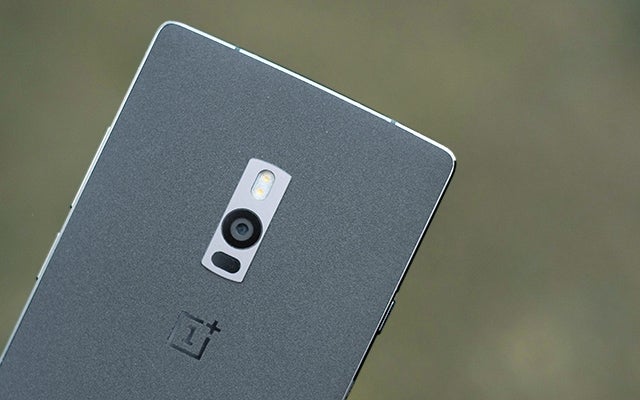
Sections
- Page 1 OnePlus 2 Review
- Page 2 Screen Review
- Page 3 Screen and Performance Review
- Page 4 Camera Review
- Page 5 Battery Life, Sound Quality and Verdict Review
OnePlus 2: Android and Oxygen Software
The OnePlus 2 runs Android 5.1.1, with OnePlus’s Oxygen UI on top. This is a custom interface, but one with quite different aims to HTC’s Sense or Samsung’s TouchWiz.
It keeps the look and feel of standard Android, but adds loads of features under the surface, ones designed to appeal to power users. Just the the kind of gadget fans likely to go out of their way to find out more about a ‘mystery’ phone like the OnePlus 2, then.
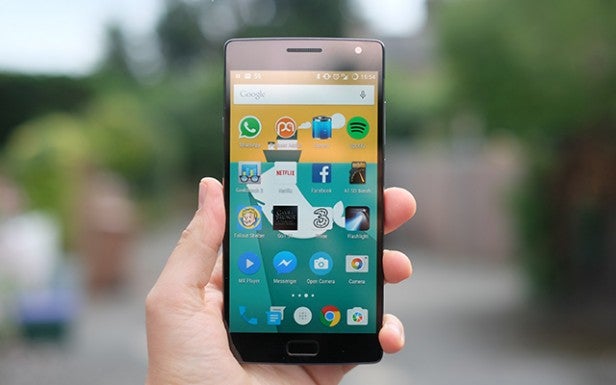
When you first turn on the OnePlus 2, you could almost mistake it for a Nexus-style device, though. Its extra features are more covert than overt. There’s one extra bit that sits front and centre, but OnePlus is so dedicated to the standard Android feel that it even asks if you want to disable it on first boot-up.
It’s called Shelf, and is an extra homescreen that holds your favourite app shortcuts, your favourite contacts, and any widgets you might use but don’t want to keep on a homescreen. This feels like something OnePlus may develop more over the coming 12 months, because at the moment it feels a very much non-essential part of the experience.
SEE ALSO: Best Android smartphones 2015
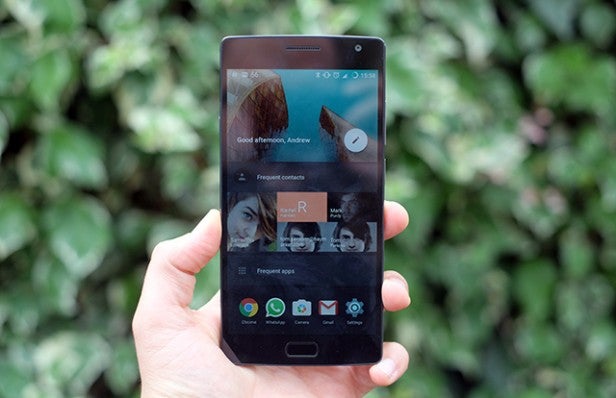
We’ve used it for the purposes of checking every nook and cranny of the OnePlus 2 out. But we can’t imagine using it much day-to-day.
This doesn’t matter, though, because we have found ourselves using the bits that Oxygen is really about, those little tweaks and customisations. We’ve looked at these in more detail in our OnePlus 2 tips and tricks article, but they effectively let you make the phone your own, without the brash, system-wide themes that some other manufacturers are adopting (like it’s 1999).
You can do things like switch the menu system from a white colour scheme to black, choose between using software/hardware soft keys and alter the icon set used for installed apps. Ultra accessibility isn’t the key here, as these little customisations are kept in different areas of the OnePlus 2’s menu system. However, the phone remains easy to use for non-geeks because the phone is just as good if you ignore al the extra bits.
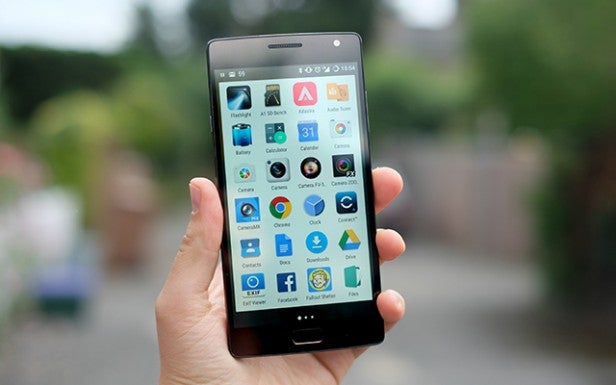
At this point Samsung’s custom UI is good enough not to make us wish everyone would take this approach. But Oxygen does a great job of keeping things familiar on the surface, while hiding a load of geeky gems under the surface for those who’ll appreciate them.
OnePlus 2: Performance
The OnePlus 2’s performance is generally excellent too. Android Lollipop has a more languorous style than the Android 4.4 KitKat software of the last generation, but the phone doesn’t compound this with any further lag. It’s smooth.
Anything less would a disappointment given the level of hardware in the OnePlus 2, though. It has a Snapdragon 810 SoC, the current top mobile chipset in Qualcomm’s line-up. This is the same grade of processor used in the HTC One M9 and Sony Xperia Z3+.
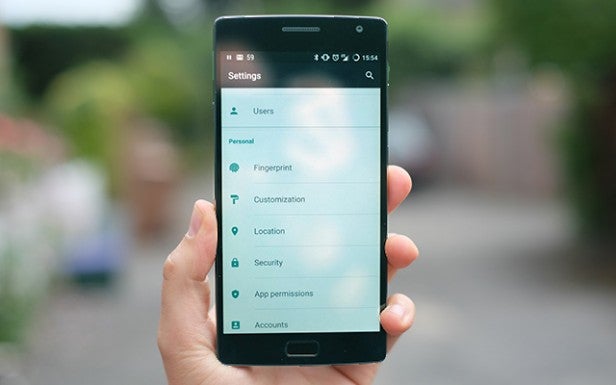
It comprises an octa-core CPU, with four 1.8GHz Cortex-A57 ‘power’ cores and four lesser Cortex-A53 cores, and an Adreno 430 GPU. Power is no issue: no current Android games are really a match for this spec. After all, it’d be a little silly for devs to release a game that doesn’t work well on top-end hardware.
The Snapdragon 810 is a somewhat-contentious chipset, though, which has led to some complaining that OnePlus should have used a Helio X10 chipset instead, from generally less-well-regarded MediaTek. The issue is heat.
Qualcomm’s Snapdragon 810 causes serious overheating problems in the Sony Xperia Z3+, and less serious ones in the HTC One M9. Sure enough, the OnePlus 2 tends to get quite warm without all that much provocation. Browse the web using mobile internet for 10 minutes or so and the top half of the phone will get quite warm.
However, OnePlus seems to have put some work into ensuring it never gets flat-out hot, even when tackling demanding 3D games.
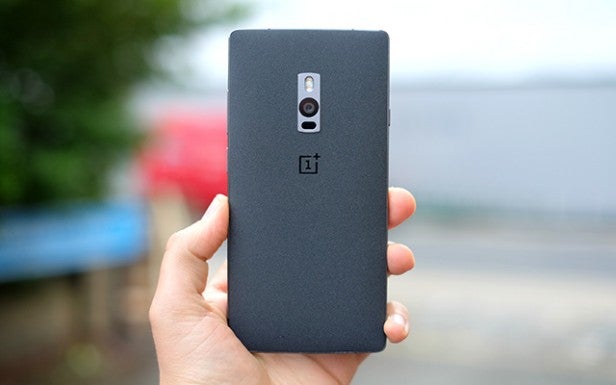
The iPhone 6 and Samsung Galaxy S6 generally stay cooler, though. Samsung’s S6 is the most apt comparison here, its Exynos 7420 being flat-out better in some respects. The most important is that it is made using a 14nm process, a generation ahead of the 20nm Snapdragon 810. It’s also more powerful, at least in benchmarks (the OnePlus 2 scores up to 4460 in Geekbench 3, the S6 can score upwards of 5000 points).
Still, while the Snapdragon 810 is not Qualcomm’s finest hour, it remains a good processor when sufficiently tamed and its inclusion in a £240 phone it’s amazing. The RAM used is great too. The £289 version we’re reviewing has 4GB of DDR4. Only a few phones to date have begun to use this faster kind of RAM, including the Galaxy S6 and LG G Flex 2. The rest use DDR3.
Benchmarking the phone, it’s able to juggle RAM data at around 8000MB/s, pretty much the same as the S6, while it’ll write to its internal memory at 125MB/s (234MB/s read). It has fast memory, radically outstripping the slightly cheaper 2GB RAM Moto G’s 11MB/s (write) storage.
The only area where performance needs a tune-up is the camera app. We’ll cover most areas of camera performance in the next section of this review, but it’s the one part of the OnePlus 2 that feels a little under-optimised and buggy. For example, you can’t properly zoom into shots you’ve taken, and just flicking through them often causes the app to freeze.
That we’ve made this a little addendum tells you how much importance to lay on it, though. This feels like a launch bug that should be squashed before too long.
How we test phones
We test every mobile phone we review thoroughly. We use industry standard tests to compare features properly and we use the phone as our main device over the review period. We’ll always tell you what we find and we never, ever, accept money to review a product.


